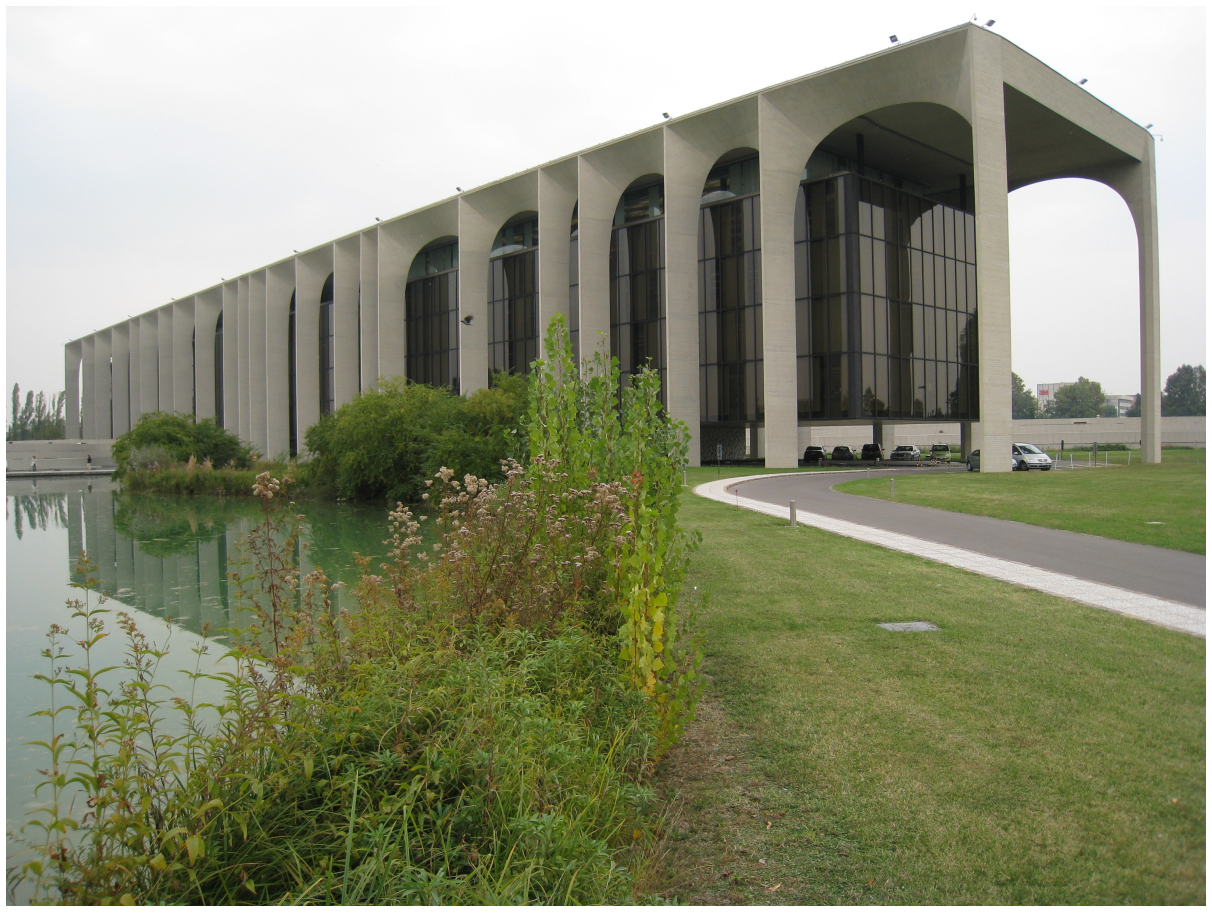5 Randomness
A random event is one that is difficult to predict. Flipping a coin is one example, as we cannot predict whether we will get heads or tails. The growth of a tree is also a random phenomena, as it is hard to predict where and when a new branch will emerge. Nevertheless, even when a phenomena seems completely random and we cannot make predictions about its next outcome, it is usually the case that there are other kinds of predictions that can be made. For example, assumming that we have a perfectly balanced coin, we can predict that if we flip that coin a sufficiently large number of times, in half of them we will get heads. Similarly, we cannot predict the way a given pine tree grows, but knowing its species allows us to predict its overall shape and characterists. This means that the shape of a tree is a mixture of randomness and regularity: two trees are never identical, but we recognize a pine tree when we see one.
Regularity and randomness happens everywhere and architecture is no exception. As an example, consider two important works by the architect Oscar Niemeyer: the Itamaraty Palace and the Mondadori Palace, visible in this figure. Despite the clear resemblances between them, the first one excels for the regularity in its arcade, while the second one stands out for its evident randomness. If we want to use the computer to help us design with randomness, we need to tell the computer how to compute randomness.
Two buildings by Oscar Niemeyer: the Itamaraty Palace, designed in 1962 (above), and the Mondadori Palace, designed in 1968 (below). Photographs by Bruno Kussler and Tristan Nitot, respectively.

